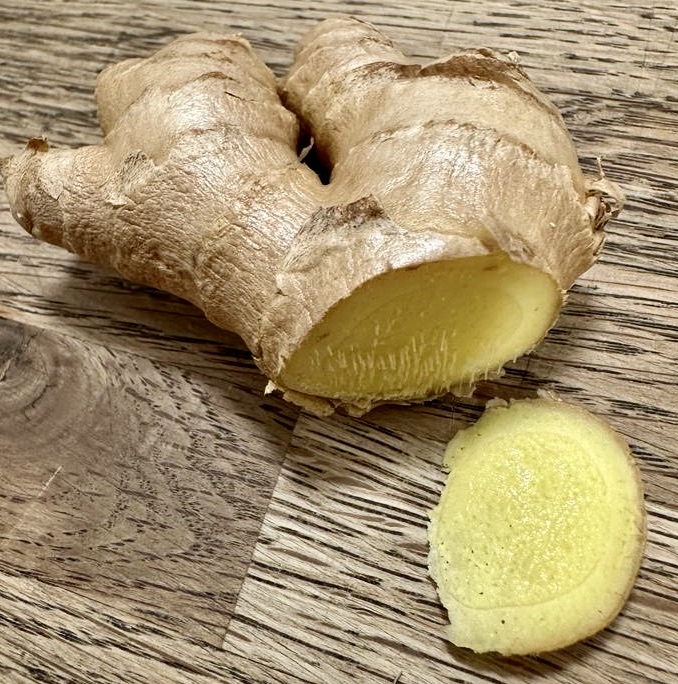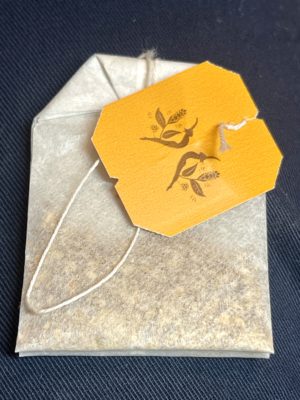Ginger, gingerbread and ginger tea.

In previous years, the woodlands’ blog has looked at various seasonal foods, such as the Christmas pudding, the Christmas lunch and the seasonal spices. However, one seasonal flavour that has escaped our attention is ginger. Gingerbread men, gingerbread houses are now very much part of Christmas celebrations in many parts of the world. The gingerbread house probably dates back to C18th Germany, and associated with the brothers Grimm tale of Hansel and Gretel.
Setting time aside at Christmas to build a gingerbread house is a particularly Swedish tradition. Gingerbread biscuits in the form of people may go back to the court of Queen Elizabeth, where they were made in the likeness of important guests. In Bergen (Norway), volunteers build a gingerbread town, this is called the Pepperkakebyen,. buildings, trains, carousels, ferris wheels and scenes from Bergen are made in gingerbread form.
Ginger comes from the fleshy root, actually the rhizome of Zingiber officinale, [a rhizome is an underground stem]. The plant is a herbaceous perennial which grows to a height of approximately one metre with narrow leaf blades. Ginger belongs to flowering family Zingiberaceae, which includes turmeric and cardamom. Ginger originated in Southeast Asia, it was grown in China and then moved across that part of the world and found its way to Europe with the Spice Trade.

fresh ginger

three ginger teabag
In the western world, it was possibly first used by the Greeks, then the crusaders brought some back with them but it was not until the mid 1600’s that ginger and other spices became more generally available, although expensive. As a spice, ginger is now easily found in powdered form in supermarkets but fresh ginger root is also available. The ginger root contains a large number of chemical compounds; zingiberene makes up some 30% of the root’s essential oil, other compounds include ß-sesquiphelandrene and ar-curcumene. When the root is sliced up and infused with hot water, a ginger tea is the result.
Ginger in various forms has been used in traditional and alternative medicine, it may aid in digestion and reduce nausea and has been recommended to help with morning sickness in pregnancy. There is some evidence that ginger may help with weight management and possibly arthritis. Ginger with cloves, nutmeg and black pepper combine to make ‘quatre épices’, which was used in sausage making. All four spices contain antimicrobial compounds, which would help stave off bacterial growth. At this time of year, Ginger is often used with other spices, for example, cinnamon. The two may be combined in a tea or used in the making of biscuits / cookies, including the traditional gingerbread men for Christmas.
Comments are closed for this post.
